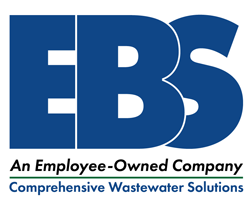Articles
Recent Articles
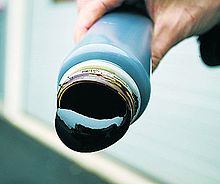
Utilizing Bioaugmentation to Degrade Black Liquor Spills
In the Kraft paper-making process white liquor, which is NaOH (sodium hydroxide) and Na2S (sodium sulfide), is used to “cook” wood chips in a piece of equipment known as the digester. In the digester, the wood chips are “cooked” using high temperature and pressure in...

Running the Biochemical Oxygen Demand (BOD) Test
The biochemical oxygen demand (BOD) test is a measurement of the quantity of oxygen required by bacteria to biologically oxidize organic material under aerobic conditions. Biochemical oxygen demand (BOD) is usually expressed in mg/L but can also be expressed in...
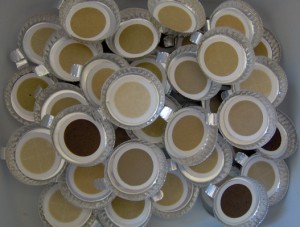
Total Suspended Solids (TSS) & Volatile Suspended Solids (VSS)
TSS testing measures the total concentration of suspended (non-soluble) solids in the aeration stabilization basin (ASB) or in effluents. The total suspended solids (TSS) data is critical in determining the operational behavior of a waste treatment system. It is...
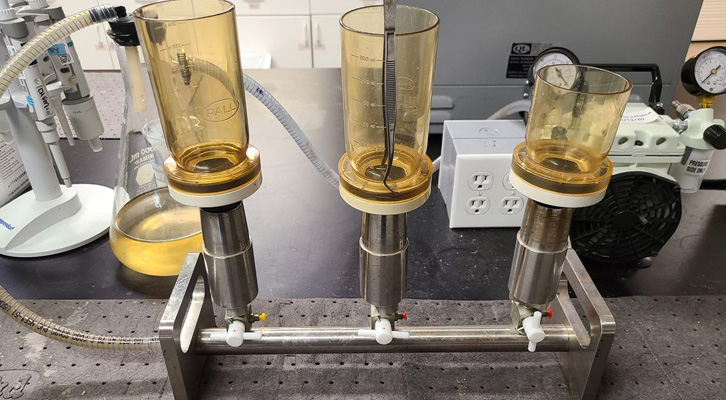
Mixed Liquor Suspended Solids (MLSS) and Mixed Liquor Volatile Suspended Solids (MLVSS)
MLSS testing measures the total concentration of mixed liquor suspended (non-soluble) solids in the aeration basin of an activated sludge system. The mixed liquor suspended solids (MLSS) data is critical in determining the operational behavior and solids inventory. It...
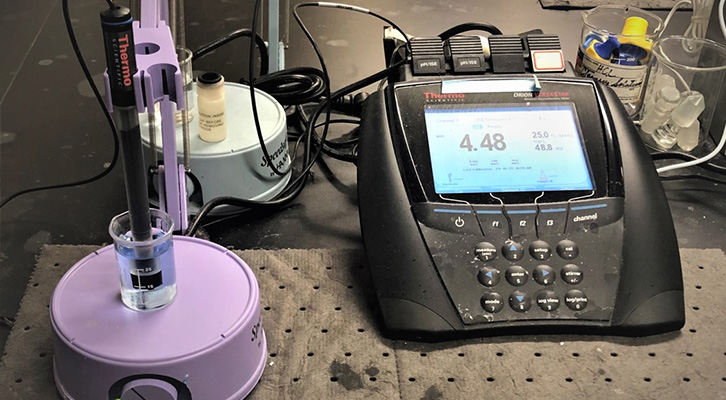
Ammonia in Wastewater
Nitrogen, as ammonia, is a critical nutrient in biological wastewater treatment. It is utilized by bacteria to make proteins, including enzymes needed to break down food or BOD as well as in making energy. In activated sludge, the two primary symptoms of nutrient...

Features of a Wastewater Microscopic Evaluation
The purpose of a microscopic evaluation is to determine the biological health of a wastewater treatment system. The results can be used to help predict Biochemical Oxygen Demand (BOD), Chemical Oxygen Demand (COD), TOC, and TSS results or to determine whether or not...
Featured Articles
No Results Found
The page you requested could not be found. Try refining your search, or use the navigation above to locate the post.
